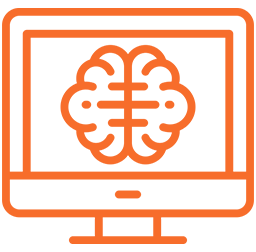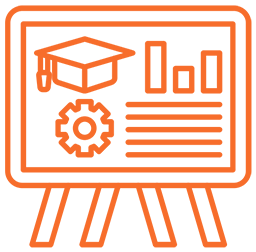The multidisciplinary field of HCI focuses on the design of computer technology and, in particular, the interaction between humans (the users) and computers. While initially concerned with computers, HCI has since expanded to cover almost all forms of information technology design. The focus of HCI is to use computer’s intelligence and computation capabilities in decision making, prediction, estimation, communication, and processing.
The critical element of HCI is the interaction and feedback loop between the machine and humans that result in enhancing the cognitive abilities of the humans. One may note that computer systems are primarily used as a communication medium. For an innovation/product to qualify as HCI, it has to have the elements of interaction and feedback with the humans. While most mobile/web applications are for mere communication between buyers and sellers, integration of recommendation systems, predictive analytics, decision automation qualify an application as the HCI-relevant solution.
As the applicability of HCI is very wide, it is difficult to give a single example that can represent the HCI area or its meaning. However, HCI has use cases in agriculture, landslide monitoring, farming applications, air pollution monitoring, digital pathology, neuroradiology, and body area networks.
Problem Statements in Human Computer Interaction thematic area
- Skill Development: Bridge the skill gap for underprivileged youth in coding and communication with an interactive, AI-based learning platform.
- Financial Inclusion for Small Businesses: Create a digital financial tool for small businesses to integrate accounting, analyze data, and predict seasonal demand trends.
- Micro lending and Financial Management: Address the massive credit crisis for women entrepreneurs in India by tackling systemic barriers and improving financial literacy.
- Assistive technologies to aid and enhance human functioning and decision making
- Use of advanced technologies to enhance the cognitive abilities of humans
- Use of computer’s intelligence to aid human decision-making, prediction, communication, and processing
- Brain computer interaction based solutions for economic and social betterment
- Robotics and AI based solutions for high business and computing performance
- Cost-effective diagnostic tools/equipment/services as an alternative to costly tests such as MRI
- Electric vehicle and hydrogen based technology solutions for mobility
- Application of deep tech and high tech solutions that cut across industries including health, agriculture, clean energy, sustainable economy, etc.
- Autonomous and remote computer interaction based systems that enhance humans’ interaction with computers
- Augmented and virtual reality based solutions for sectors including education, health, and skilling









